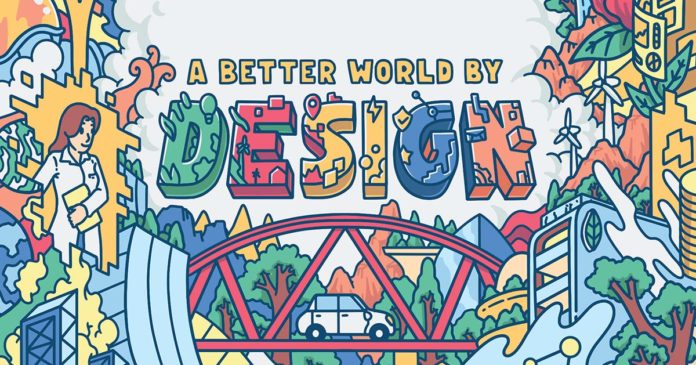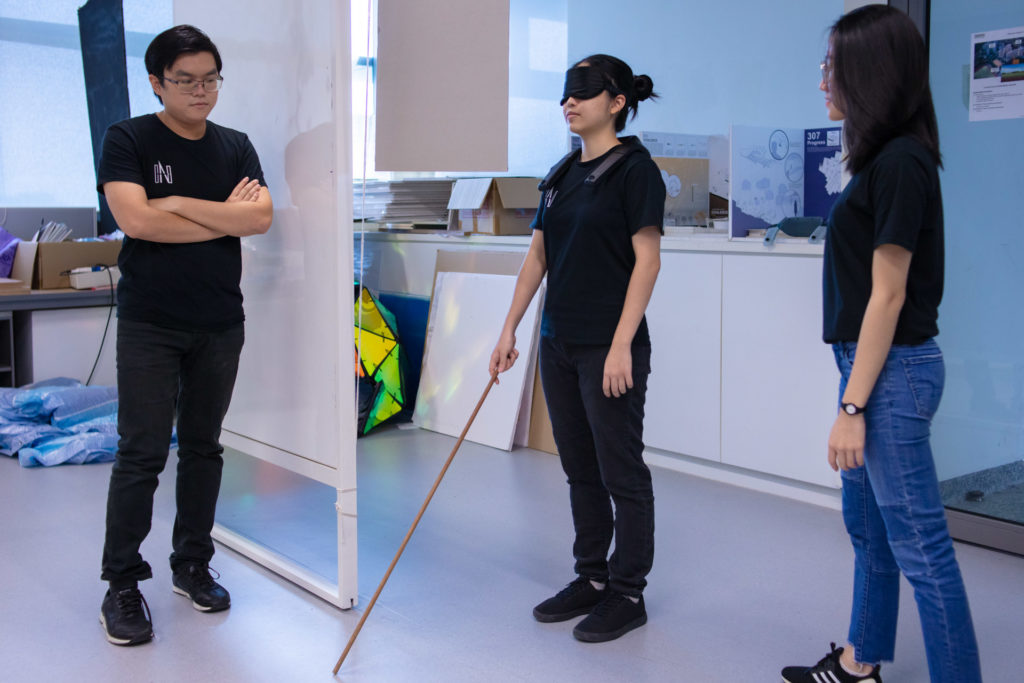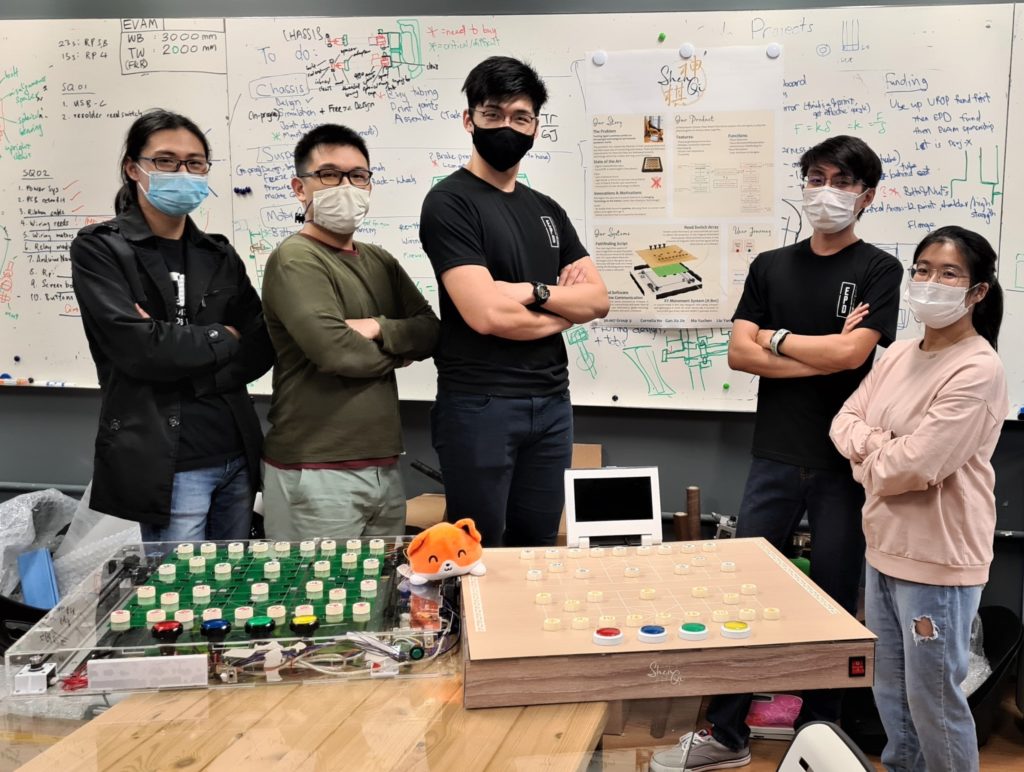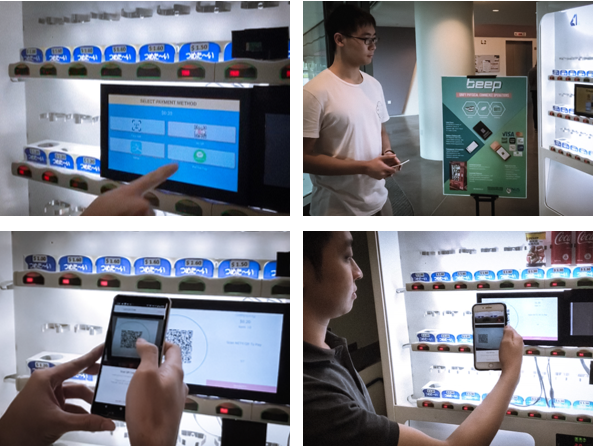No problem is too big or small for our student innovators
Does the word “design” make you think of art, fashion and graphics? While that’s one definition of the word, the core of design really is about finding a way to accomplish a particular purpose. In other words, through the creation of human-centred solutions, design is the answer to our problems.
Effective design today combines the best of multiple disciplines – be it engineering, humanities, artificial intelligence, big data, architecture, and digital technologies.
At SUTD, we nurture our students into ‘Design Innovators’ – individuals who will transform lives, drive innovation and solve real-world problems with technology to create A Better World by Design.
Challenge #1: Social Inclusivity
The outcomes of design don’t always have to be ground-breaking innovations or revolutionary solutions to global-scale problems. Small changes in products or services that alleviate problems and improve the everyday well-being of people are equally valuable.
For instance, for the 360 million people around the world who suffer from disabling hearing loss, everyday situations such as simply crossing the road can be a risky affair. Realising this, a team of 7 SUTD students developed Peri, an assistive device designed to warn the hearing-impaired of incoming danger. Inspired by visual cues in video games, the aide consists of RGB LEDs that can be attached to the sides of spectacles. By flashing different colours to signal the direction and intensity of a sound, Peri helps users with severe or complete hearing loss increase their situation awareness.
“We wanted to create a solution that is socially conscious,” explained team leader Pavithren V.S. Pakianathan. “By working closely with a few individuals, we learnt more about the challenges they face and were able to incorporate these learnings to design a better prototype.”
Above: Also find out how N’Able can help the Blind and Visually Impaired navigate their surroundings.
Challenge #2: Food Wastage
With the ongoing conversation and growing initiatives around sustainability, one might wonder how design could play a role in creating a sustainable world.
Food wastage is one of the biggest wastage streams under the sustainability umbrella, especially in Singapore, where food waste has increased by about 40% in the last decade. In 2020, Singapore generated 665,000 tonnes of food waste. Consumers generally consider aesthetically unappealing food as inferior, and avoid buying them. To address this, UglyFood was born through SUTD’s Design Odyssey programme – established by SUTD-MIT International Design Centre, in partnership with the JP Morgan Foundation.
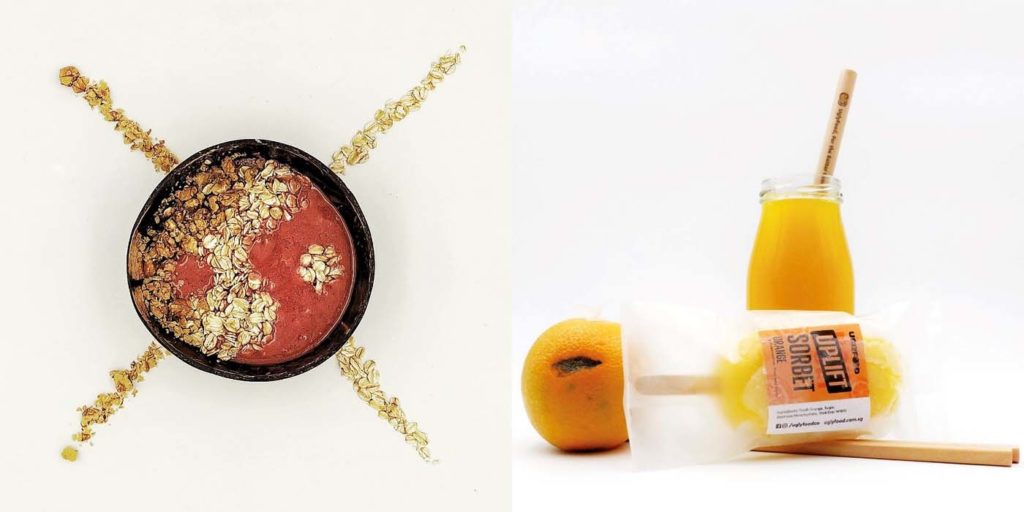 Turning “ugly” produce into beautiful products.
Turning “ugly” produce into beautiful products.
With a mission to offer affordable and healthy food while eliminating food waste and revamping the food ecosystem, UglyFood transforms “ugly” or excess fruits and vegetables into nutritious products like juices, ice cream and fruit tea. They also raised awareness of food wastage through DIY fridge magnet-making kits containing nutritional information, and supplied food ingredients for migrant workers’ meals during the COVID-19 Circuit Breaker.
Challenge 3: Navigating a Pandemic
An ongoing challenge that continues to disrupt our lives in many ways is the COVID-19 pandemic.
When COVID-19 first hit and everyone was confined at home, many senior citizens suffered from social isolation, as safe-distancing measures made it impossible for them to congregate and interact with one another. With that in mind, a group of SUTD Engineering Product Development (EPD) students created Shen Qi, a telepresent Chinese chess board that allows less tech-savvy elderly to play a physical game of chess while being physically apart from their opponents.
The team behind Shen Qi
Before the pandemic, not many Singaporeans owned or wore masks even when they were unwell, as mask-wearing was not a common practice. However, the contagious nature of COVID-19 made it imperative that everyone had access to masks quickly. With the help of SUTD startup BEEP, reusable masks were distributed quickly and safely island-wide through upgraded vending machines. BEEP’s proprietary tech enabled traditional “pay-at-point” vending machines to be integrated with telemetric capabilities, enabling mass mask collection.
BEEP has been applied on all types of vending machines to accept cashless payments.
As you can see, design is not just about art, fashion, or graphics, and can be used to address real-world challenges ranging from the isolated elderly to food wastage. By nurturing a design-thinking mindset that aims to create human-centred solutions, SUTD students are thus empowered to create A Better World by Design.
Keen to take up the mantle of a design innovator? Create a better world together with us at SUTD.
Join us today.
Like what you just read?
Have a query for our students and/or Admissions Team? Speak to them here!
Find out what student life and Freshmore year is like in SUTD.
Find out more about some of the scholarships and financial aid schemes available at SUTD.
Rewatch our talks and join our post-Open House programmes on our Open House website!




















